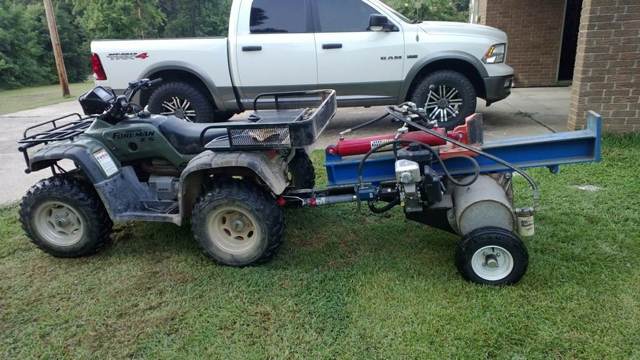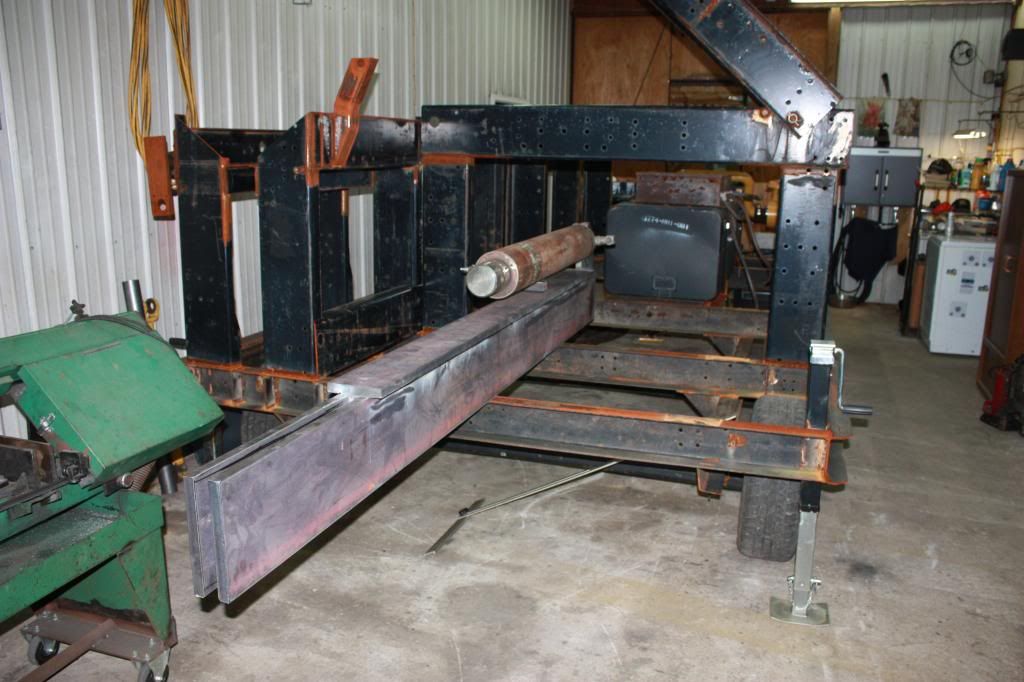Mich4x4
ArboristSite Member
Guys...
Need some help here.
I am slowly trying to gather materials for a splitter build. I have a friend that owns a steel company. I asked if he could get me an I-beam for my splitter build and he said he could get anything I want.... FREE!! So I need some specifics.
For the basis of my splitter I intend on using a M416 Military trailer frame (1/4 ton trailer from the vietnam era).
Regarding the I-beam size what is ideal? I want something stout, but I am not trying to split stone.. So I really don't know what to tell him. I have never bought an I-beam before so I am not sure what would work best. The splitter will be used for personal use only and not for any commercial type use. I was thinking of something that is 8 foot long, 1/2" thick steel, 12" tall, with an 8" flange? Is this overkill? Let me know. Also is there a reference for the size of the I-beam other than just "explaining" the measurements?
Thanks for the Help.
Jeff
Need some help here.
I am slowly trying to gather materials for a splitter build. I have a friend that owns a steel company. I asked if he could get me an I-beam for my splitter build and he said he could get anything I want.... FREE!! So I need some specifics.
For the basis of my splitter I intend on using a M416 Military trailer frame (1/4 ton trailer from the vietnam era).
Regarding the I-beam size what is ideal? I want something stout, but I am not trying to split stone.. So I really don't know what to tell him. I have never bought an I-beam before so I am not sure what would work best. The splitter will be used for personal use only and not for any commercial type use. I was thinking of something that is 8 foot long, 1/2" thick steel, 12" tall, with an 8" flange? Is this overkill? Let me know. Also is there a reference for the size of the I-beam other than just "explaining" the measurements?
Thanks for the Help.
Jeff






